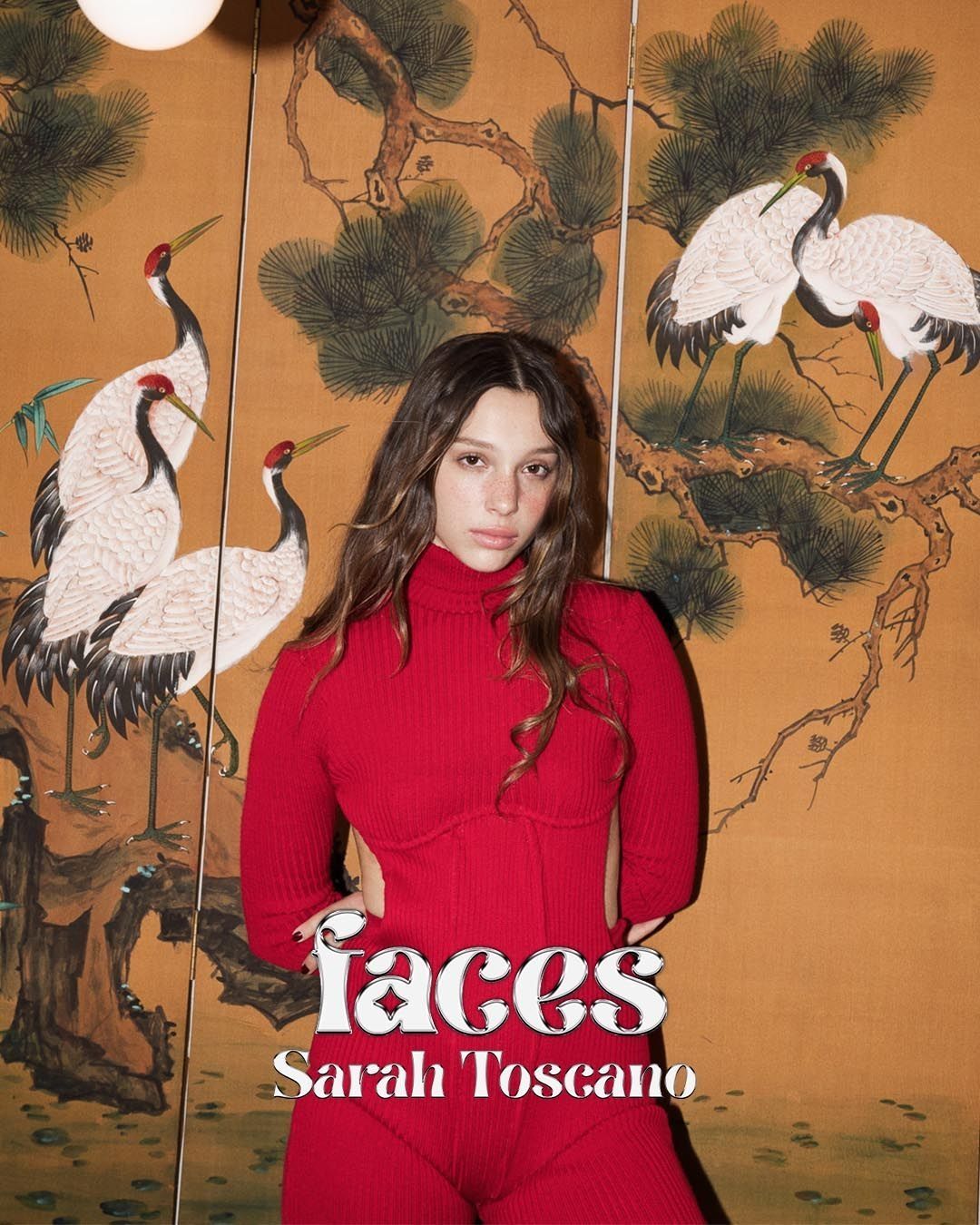
The return of the pannier Rigid architecture has survived the centuries and is now returning to contemporary collections
Fashion loves to look into the past. It looks back decades and even centuries to dictate the style of the future. From time to time, it selects a suggestion, a mood or a garment that, deconstructed, decontextualised and reassembled ad hoc, ends up in our wardrobes, alongside baggy jeans and ballet shoes. So it was with the corset, which went from being an instrument of female oppression to a symbol of empowerment, and so it is with the panier. It seems that designers have a magnetic fascination with all those elements of clothing that contribute to silhouettes that are far removed from natural forms.
Since the 2020 season, paniers have become a constant element in brands' proposals. We have seen them at Loewe, Balenciaga, Monse, Dior, Louis Vuitton, Dolce&Gabbana, Richard Quinn, Christopher Kane and many, many more. Paniers were also among the leading garments in the fashion shows at the last Milan Fashion Week, dedicated to the Autumn/Winter 2023 season. At Gucci, they were given a punk touch, with their extremely low waist, rivet-like metal rings and contrasting colours that emphasised their heart-shaped profile and essential lines; while at Max Mara, between maxi coats and wool suits, they became the starting point for a reflection on patriarchy and the perception of femininity in the 18th century.















































































